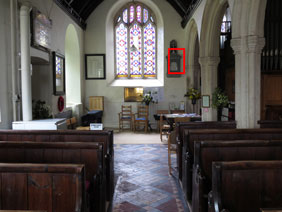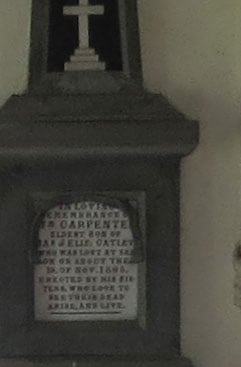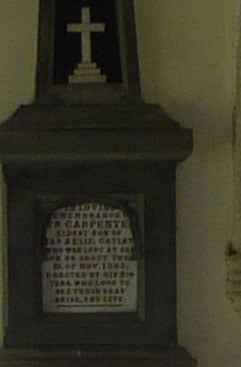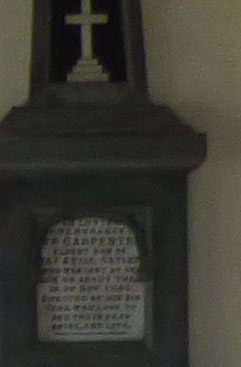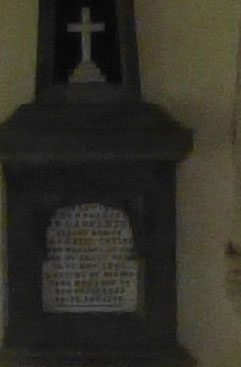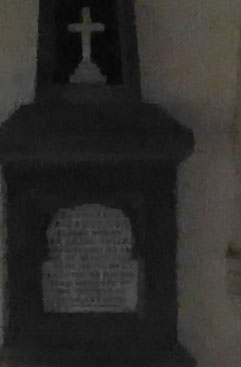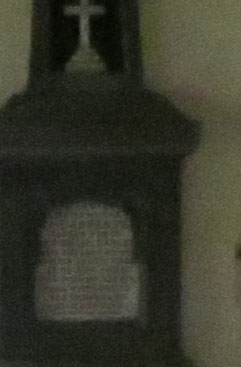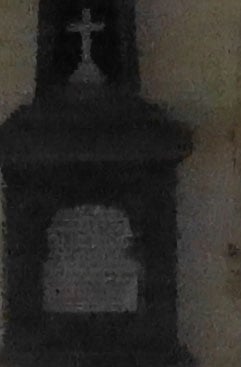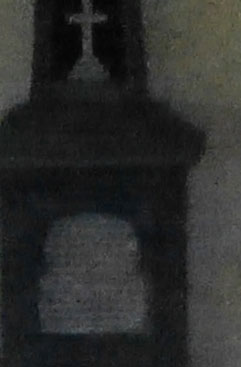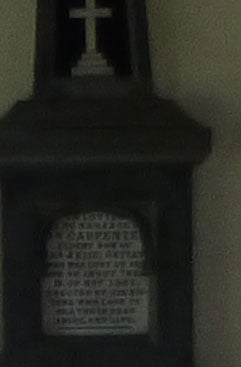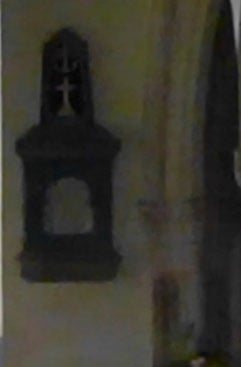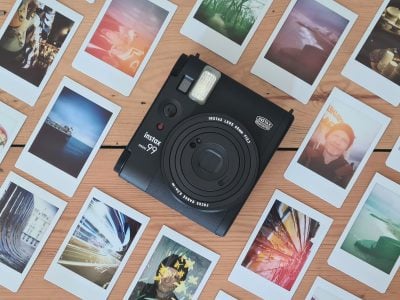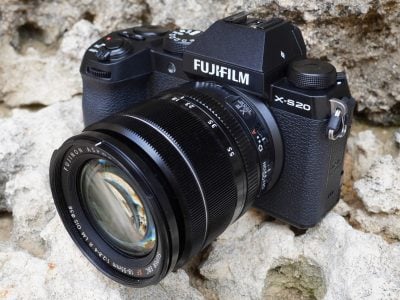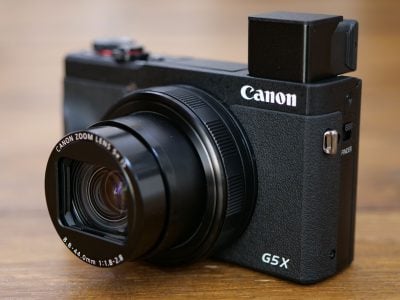Canon SX240 HS / SX260 HS review
-
-
Written by Ken McMahon
Quality
Canon PowerShot SX240 HS vs Panasonic Lumix ZS15 / TZ25 vs Panasonic Lumix ZS20 / TZ30
|
Canon PowerShot SX240 HS |
Panasonic Lumix ZS15 / TZ25 |
Panasonic Lumix ZS20 / TZ30 | ||
 |  |  | ||
f4, 100 ISO |
f4, 100 ISO |
f4, 100 ISO | ||
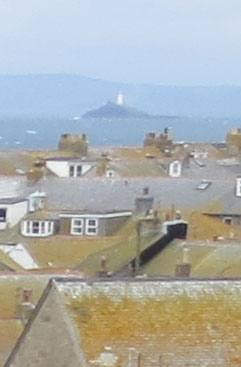 |  | 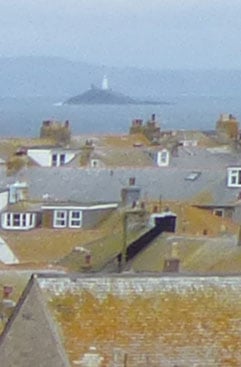 | ||
f4, 100 ISO |
f4, 100 ISO |
f4, 100 ISO | ||
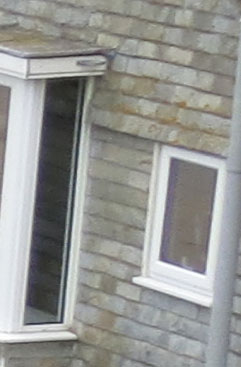 | 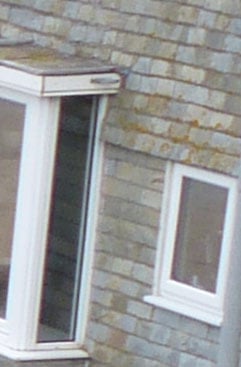 | 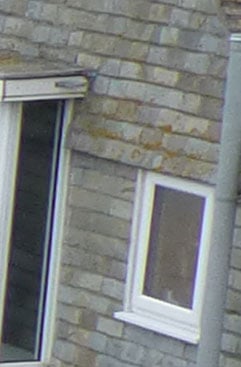 | ||
f4, 100 ISO |
f4, 100 ISO |
f4, 100 ISO | ||
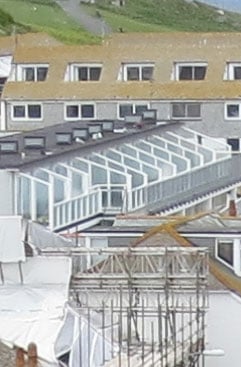 | 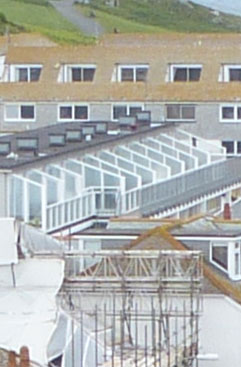 | 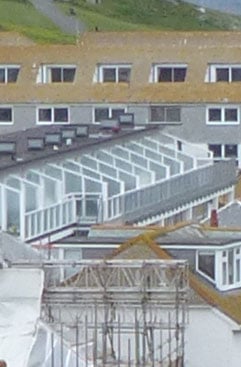 | ||
f4, 100 ISO |
f4, 100 ISO |
f4, 100 ISO |
Canon PowerShot SX240 HS vs Panasonic Lumix ZS15 / TZ25 vs Panasonic Lumix ZS20 / TZ30 Noise
The above shot was taken with the Canon PowerShot SX240 HS. The lens was zoomed in to 5.8mm to produce an equivalent field of view as on the Lumix ZS15 / TZ25 and ZS20 / TZ30. For these tests the camera was placed on a tripod and image stabilisation and tonal adjustments were disabled. The SX240 HS metered an exposure of 0.6 at f4 at 100 ISO. The 100 ISO crop from the PowerShot SX240 HS is reaonably clean but it isn’t totally noise free. There’s a slight granularity to flat areas of colour (the wall) and along the egdes of the frame. In the 200 ISO crop it’s a little more pronounced, but unless you’re planning on making large prints, this isn’t something you’d ordinarily need to be worried about. At 400 ISO the noise gets quantitatively worse and the fine detail is beginning to suffer – the text is still readable, but is starting to break up. At 800 ISO something interesting happens, which is that as well as worsening noise there’s now also evidence of the SX240 HS’s noise suppression algorithms at work. There’s some smearing of detail along with clumps of colour noise. At 1600 it’s more of the same and we’re now firmly in territory where the loss in quality would be quite noticeable even viewing at less than 100 percent. It’s great to have the option of 3200 ISO, just don’t expect to retain any fine or even too much medium detail in images shot at this upper sensitivity setting. In fact, if you want to preserve image quality in low light condition your best option would be the SX240 HS’s Handheld NightScene mode which takes a sequence of three images and produces a composite. The ISO is set automatically and in this instance selected 1600 ISO. The results are a clear improvement on the single shot 1600 ISO crop. The SX240 HS also has a reduced resolution 4 Megapixel Low Light mode. Compared with the Lumix ZS15 / TZ25, the PowerShot SX240 HS crops stand up well, but there are some interesting qualitative differences between these two 12 Megapixel cameras, particularly at the lower ISO sensitivities. Although there’s noise visible in flat areas in the 100 ISO crop from the TZ25, it doesn’t affect fine details nearly so much and the same is true at 200 and 400 ISO. From 800 to 1600 ISO its the PowerShot SX240 HS that performs slightly better and by 3200 ISO the ZS15 / TZ25 image detail is badly broken up. Both the SX240 HS and the ZS15 / TZ25 produce cleaner crops with more detail and less noise than those from the 14 Megapixel ZS20 / TZ30 throughout the ISO sensitivity range. Now head over to my SX240 HS sample images to see some more real-life shots in a variety of conditions.
|
